This week the Ed Slott and Company IRA Discussion Forum featured a question on whether or not a trust as a SEP IRA beneficiary should be any different than it would be with a traditional IRA account. The answer to that question is not really, but the relationship between SEP IRAs and traditional IRAs can be a confusing one. Want to see how? Read on to find out.
The “S” in SEP IRA stands for Simplified Employee Pension, but the simplified part is really more from the employer’s perspective, and not so much from yours. From your point of view, the SEP IRA may actually add some confusion, especially if you have a traditional IRA as well.
With SEP IRAs, an employer must cover all eligible employees for the plan to be valid. There is no age limit, so if you are 99 years old and still working for a company that is going to be making a SEP IRA contribution for its employees, you’ll get a contribution too. If you are self-employed and operate your own SEP IRA plan, this gives you a bit of an advantage over a traditional IRA, where contributions are not allowed once you reach the year that you will turn 70 ½.
But the SEP IRA is an IRA based plan and the minimum distribution rules that apply to your traditional IRA will also apply to your SEP IRA. That means that once you turn 70 ½, you must begin taking required minimum distributions - even if you are still working. Notice that just like your traditional IRA, a SEP IRA has no “still working” exception.
This combination of facts could potentially land you in an interesting scenario; kind of like a revolving door of SEP IRA money. If you are working for a company that is making SEP contributions and you are over 70 ½, at the same time the company will be required to make your contributions (if they make them for other employees), you will be required to take minimum distributions from that account.
Want another weird quirk about SEP IRAs? Do you remember the game monopoly? If you happened to grab the right “Community Chest” card you’d have seen “Bank error in your favor. Collect $200.” In reality, it’s rare the bank makes an error in your favor - and even if they do, it’s usually corrected before you’ve finished thinking about how to spend it. But if your employer makes a mistake with their SEP IRA contribution - and gives you too much - they can’t make you give any of it back. And because it’s in a SEP IRA, the IRA shield means they can’t go and get it either. The end result is that it’s kind of treated like you received a bonus and then contributed it to your own IRA. So no matter what, it’s subject to both FICA and FUTA taxes, and if you choose to withdraw it (or need to in order to avoid an excess IRA contribution), it will be subject to ordinary income tax as well.
Many of you probably have a sound grasp of the basic IRA rules. But it’s often the details that make or break someone as they reach for financial independence. As you work towards achieving your ultimate goals, you may want to consider consulting a knowledgeable advisor who has specialized knowledge in this area.
Got more questions?? Want to see what other people are asking? Check out the Ed Slott and Company IRA Discussion Forum.
By IRA Technical Consultant Jeffrey Levine and Jared Trexler
------------------------------------------------------------------------------
Comment, Question, Discussion Topic on your mind? Click on the Blue Comment Link below and leave your thoughts then check back to see what other consumers and advisors think.
*Copyright 2010 Ed Slott and Company, LLC
Friday, July 16, 2010
SEP IRA Confusion
Quality content
- Siti Non Aams
- Nuovi Siti Casino
- Casino Non Aams Italia
- Casinos Not On Gamstop
- Casino Sites Not On Gamstop
- Online Casino
- UK Casino Not On Gamstop
- Sites Not On Gamstop
- Casino En Ligne
- Casino En Ligne Fiable
- Casinos Not On Gamstop
- UK Casino Not On Gamstop
- Casino Sites Not On Gamstop
- Non Gamstop Casinos UK
- Casino Online Non Aams
- Casino Not On Gamstop
- Meilleur Casino En Ligne France
- Casino Sites Not On Gamstop
- Non Gamstop Casino Sites UK
- Casino Sites UK Not On Gamstop
- UK Casino Not On Gamstop
- Meilleur Casino En Ligne Fiable
- Casino Online Non Aams
- Casino Non Aams
- Casino Sites Not On Gamstop
- Meilleur Casino En Ligne Belgique
- Lista Casino Online Non Aams
- 안전한 파워볼사이트
- Meilleur Casino En Ligne 2026
- Meilleur Casino En Ligne 2026
Subscribe to:
Post Comments (Atom)
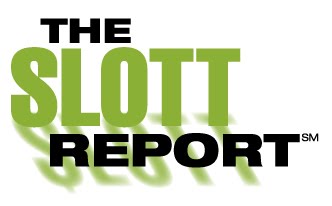

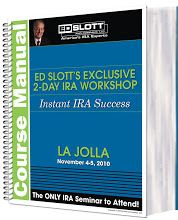
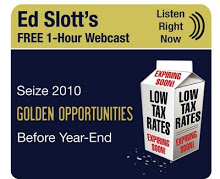

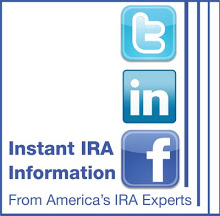


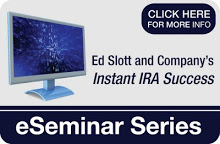







1 comments:
can one donate the assets of a traditional ira to a Charitable Remainder Trust ,and what are the tax consequences
Post a Comment